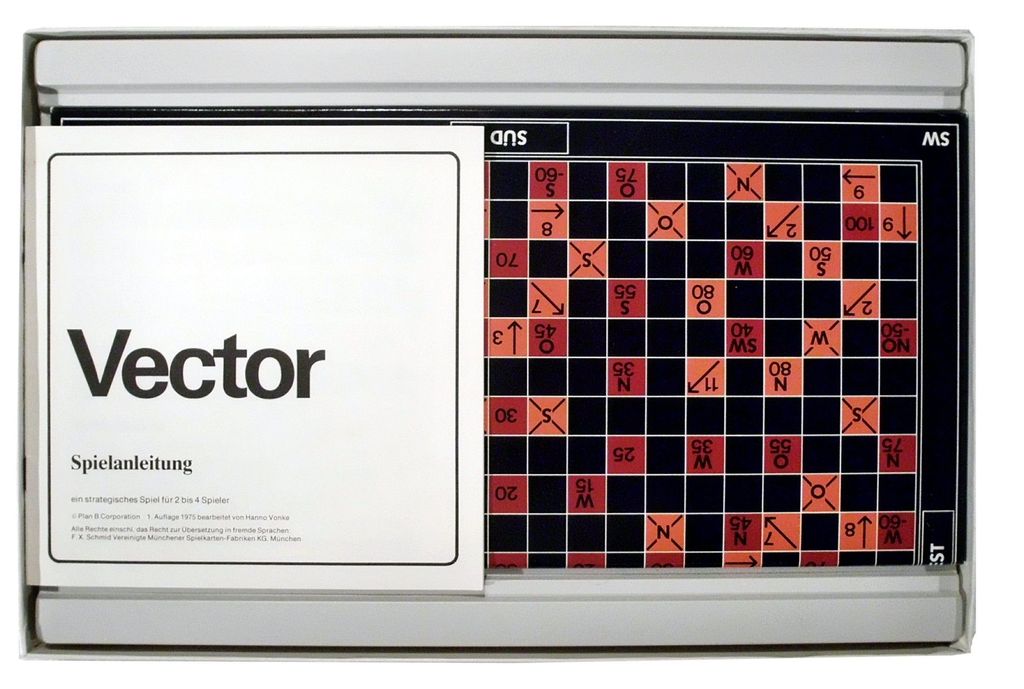Oh boy, where do I start with Vector? This review is going to cover all the nitty-gritty details of this gem. We’ll talk about the gameplay mechanics, balance, art, components, player interaction, and replay value. Spoiler alert: there’s a lot to love! But no game is perfect, so grab your favorite meeple, and let’s get into why Vector may or may not be the next addition to your game night lineup.
How It Plays
Setting up
Setting up Vector is like a pre-game puzzle. Lay out the game board and shuffle the deck of cards. Each player takes their pieces and places them at the starting positions. Don’t forget to hand out the special ability cards – they add a whole lot of fun!
Gameplay
During your turn, you move your piece along the board, aiming to complete various objectives. The cards you draw determine your actions, which can range from strategic moves to blocking opponents. Each move is a blend of planning and adapting to the current game state. Nothing is left to chance here!
Winning the game
To win, you need to be the first to accomplish the primary objective, which changes every game. Whether it’s collecting specific items or reaching a certain point on the board, your strategy and clever moves will be key. Keep an eye on your opponents and make sure they don’t beat you to the punch!
Want to know more? Read our extensive strategy guide for Vector.
Gameplay Mechanics and Balance in Vector
Vector is a board game that puts strategy to the test. It’s got this slick mechanic where you lay down direction cards to navigate a hexagonal grid. The unique movement system had our group scratching our heads, but in a good way. You really have to think ahead and adapt your strategy. If you love outsmarting your friends, this one’s right up your alley.
One of our favorite things about Vector is that it doesn’t rely on luck. It’s all about skill and planning. There’s no dice rolling here to mess up your master plan. Now, that’s something I can get behind. I can’t tell you how many times I’ve cursed a bad roll in other games.
However, I did notice a small hiccup in the balance department. While players who grasp the mechanics quickly can dominate, newbies might struggle to catch up. This makes the game a bit uneven if your playgroup has varying skill levels. To be fair, though, once everyone’s on the same page, it’s an absolute blast!
Another neat feature is the way you can block your opponents. Placing your vector strategically can force them to change their route and rethink their plans. It’s like a game of chess but with cooler moves. The tension and mind games make every turn exciting.
Overall, the gameplay mechanics in Vector are top-notch, but be prepared for a steeper learning curve if you’re new to this type of board game. Next, let’s get into the eye candy – the game art and components that bring Vector to life.
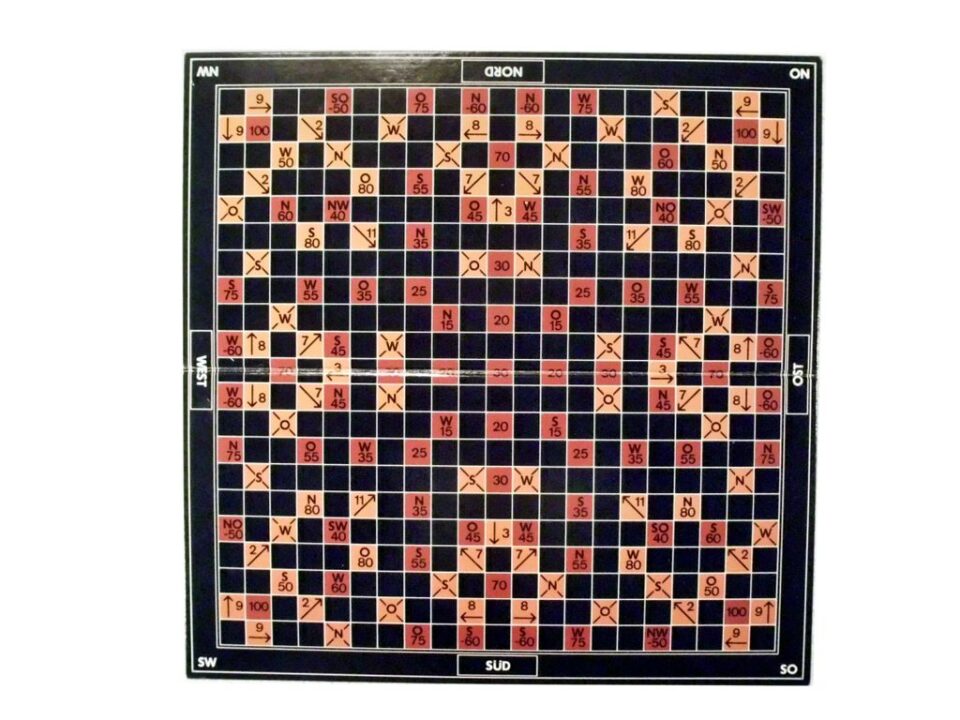
Game Art and Components: Vector
Let’s talk about the art and the bits of Vector. Picture this: a sleek, futuristic design that looks like it was ripped straight out of a sci-fi movie—minus the confusing plot twists! The game board is a grid of bold lines and sharp angles, making you feel like you’re navigating a high-tech maze.
Each player gets a set of beautifully crafted pieces. These pieces are sturdy enough to survive the wrath of my cat, Mr. Whiskers, who loves to knock everything onto the floor. Plus, the colors are vibrant and distinct. No chance of mixing up your pieces with someone else’s!
The cards included are high quality. You won’t need to worry about shuffling them a gazillion times. They have a smooth finish that feels great in your hands, almost like they’ve been hand-polished by elves. The iconography is clear and straightforward, so even your friend who always zones out during rule explanations will get it right.
Finally, the box is designed well. There’s a nifty insert that keeps everything organized. You won’t have to spend 20 minutes trying to jam everything back in after a session. And the rulebook? It’s concise and comes with illustrations that actually help, unlike those IKEA manuals.
With its top-notch components and visually stunning design, Vector is a feast for the eyes and a pleasure to play. Next up, let’s see how this beauty handles when it comes to player interaction and engagement.
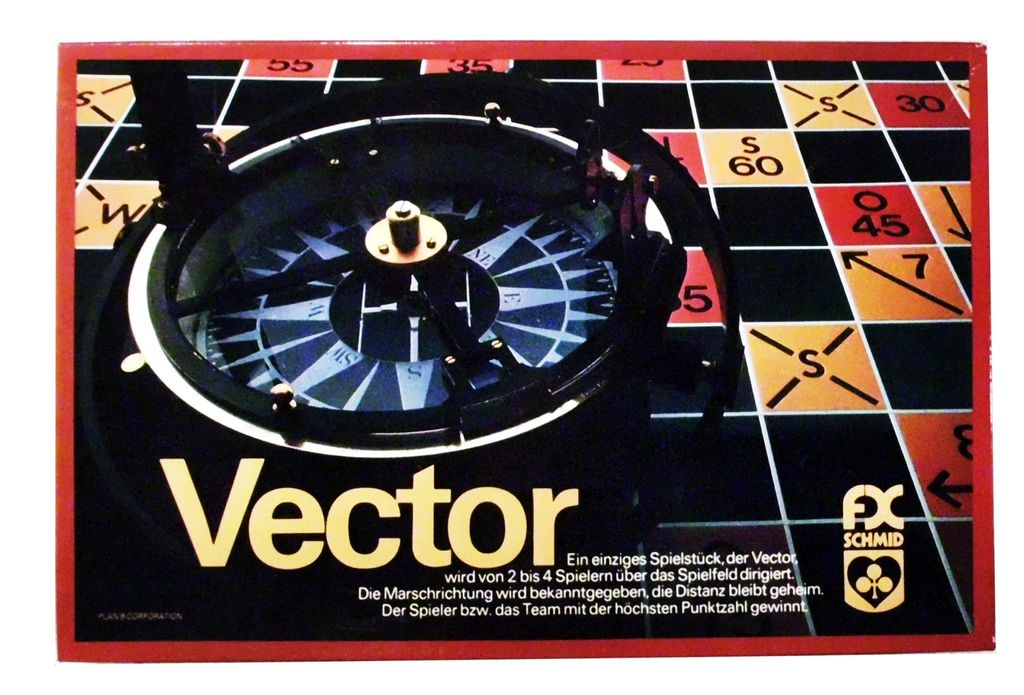
Vector: Player Interaction and Engagement
Let’s chat about one of my favorite aspects of any board game: player interaction. In Vector, the interaction is anything but passive. You’ll find yourself constantly engaged, whether you’re thwarting opponents or cooperating to survive.
Vector shines in the way it encourages players to both compete and collaborate. There’s nothing like the tense moments where you’re deciding if you should sabotage an opponent’s progress or make a temporary alliance to stave off a bigger threat. It’s a deliciously cutthroat environment, but without turning friends into lifelong enemies (hopefully!).
The game uses an action point system which means every move you make counts. You’ll have to plan your moves while keeping an eye on your friends’ strategies. I remember a game night where Dave, that sly fox, convinced us to team up against Sarah, only to turn the tables last minute and snatch the win. We still laugh about it. Well, most of us do.
What I love about Vector is that it never feels like you’re just waiting for your turn. The downtime is minimal because you’re invested in every move made on the board. This keeps everyone engaged and, let’s be honest, makes the game a lot more fun. No one likes a game where you could take a nap between turns.
Of course, with great interaction can come some heated debates and occasional table-flipping moments. But hey, isn’t that part of the fun? At the very least, it makes for some hilarious stories to tell later.
Now that we’ve navigated the social labyrinth of Vector, let’s move on to the replay value and variability this game has to offer. Spoiler: it’s pretty impressive!
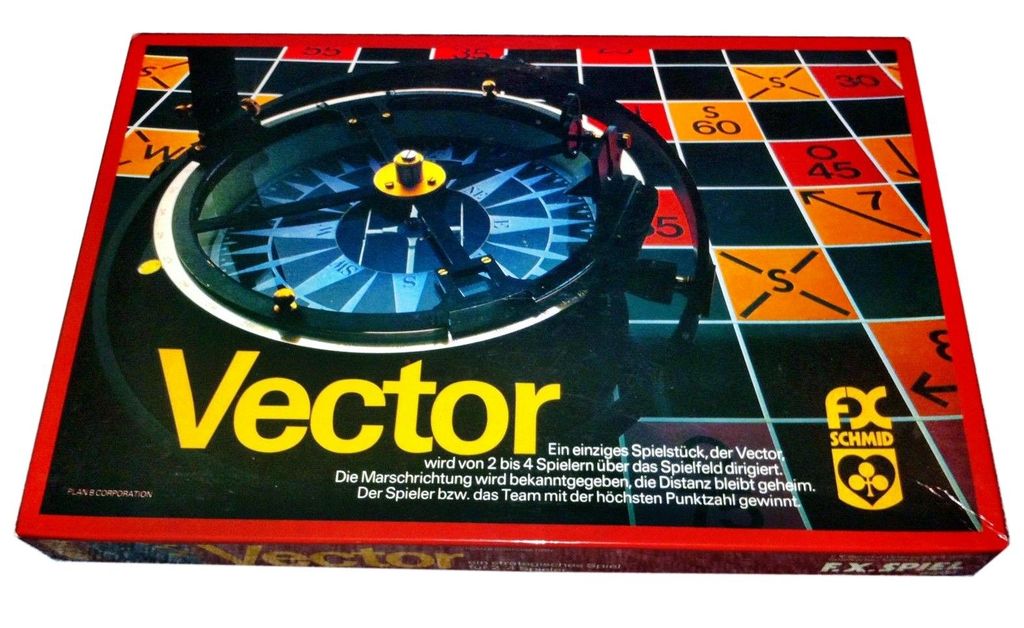
Replay Value and Variability in Vector
Ah, Vector! The game that keeps you coming back for more. Let me tell you, the replay value in this game is through the roof. I’ve played it with my friends more times than I can count, and it never gets old. One of the reasons for this is the sheer variability packed into the box. Each game feels fresh, thanks to the different strategies you can explore.
First off, the game has multiple maps. Each map provides a unique challenge, ensuring no two games feel alike. One minute, you’re trying to outmaneuver your friends on a tight, complex grid. The next, you’re navigating wide-open spaces that demand a whole new strategy. Talk about keeping things spicy!
If you’re worried about the game becoming repetitive, fear not. Vector includes various character abilities and power-ups. This adds another layer of depth and strategy, as you’re never quite sure what mix of powers will come into play. It’s like a gift that keeps on giving!
Another big plus is the different modes of play. Whether you want a quick skirmish or a long, strategic battle, Vector has you covered. This flexibility makes it a great choice for game nights of any length. You can play a fast-paced game when time is short or settle in for a marathon session with seasoned players.
Let’s be real, nobody wants to invest in a game that gathers dust. With Vector, you’re getting a game that promises endless entertainment and challenges. I wholeheartedly recommend Vector for its stellar replay value and variability. Trust me, it’s worth every penny!
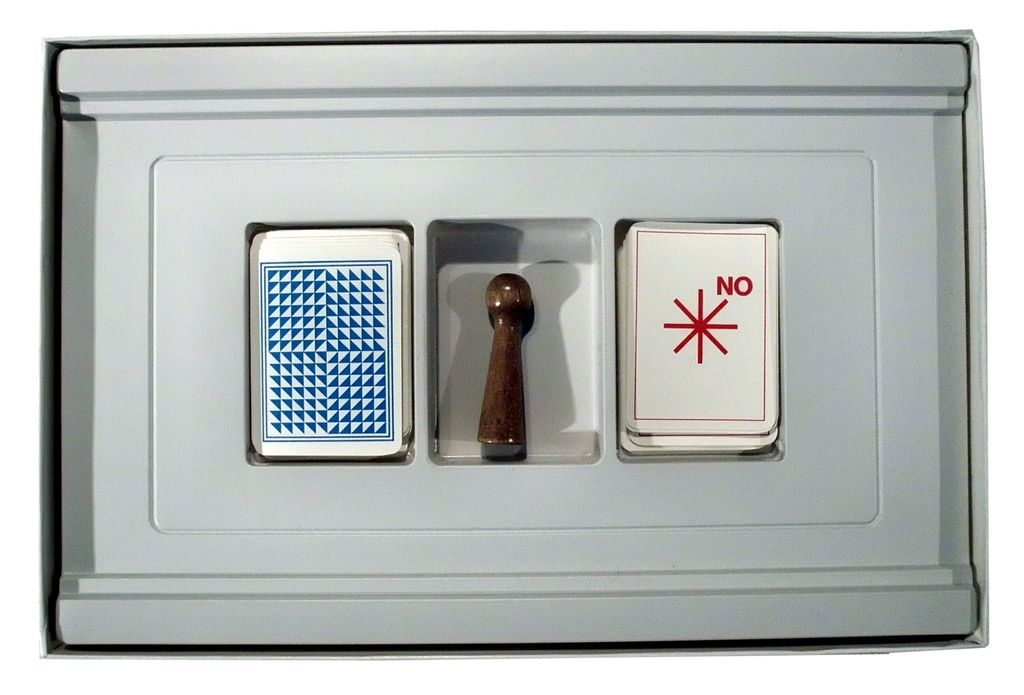
Conclusion
So, does Vector live up to the hype? You bet! With its strategic gameplay, stunning art, and high replay value, it’s a winner. Sure, the learning curve might scare off some new players, but if you stick with it, you’ll be rewarded with tense and hilarious game nights. Vector provides a balanced mix of competition and collaboration, keeping everyone at the edge of their seats. If you’re a fan of games that rely on skill and strategy rather than luck, this one’s for you. And that concludes our review. Go forth and conquer in the world of Vector!

